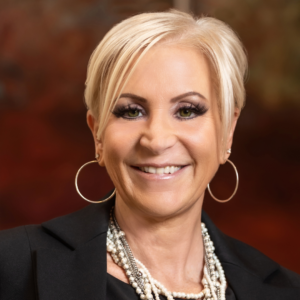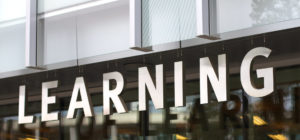Getting the most out of your charity strategy
While working near Kansas City, Missouri, this month, I ran across an article about a local senior living provider’s support of the Alzheimer’s Association Walk to End Alzheimer’s. The article detailed how the provider’s efforts had resulted in a sizable donation to the Alzheimer’s Association raised by events scheduled throughout the year including bake sales, chili cookoffs, BBQs and waffle breakfasts. It was an impressive overview of what I call the charity strategy, which I encourage many of my clients to include in their strategic marketing plans.
It is common for providers to participate in walks like the Alzheimer’s Association’s, Relay for Life and other events. However, these one-time events leave considerable opportunity on the table for providers to create exposure for their organizations.
Here are the four elements of an effective charity strategy:
1. Choose one charity your team can commit to supporting for the entire year.
There are many different options for you to consider when picking a charity, including large well known organizations like the Alzheimer’s Association and local ones such as a food bank or homeless shelter. Choosing one enables you and your team to focus on that charity, allowing creativity to flow about what types of events to create. It also gives that charity, especially local ones, an incentive to support your facility and the events you create. They will be your partner throughout the year in your charity strategy.
As a side note: Just because you pick one charity to support the entire year doesn’t mean you can’t participate in other charitable events in your area.
2. Create a list of events to raise funds and support your charity of choice.
The list of possible events is endless, including events that targeted for just professionals. I have participated in inspired events ranging from crawfish boils and Paint the Facility Purple Day for Relay for Life to food drive happy hours for professionals where the price of admission is a bag of canned goods. I encourage one big event per quarter for the public at large (invite your professional referral sources too) and smaller events just for team members or resident families.
3. Engage partners to support to assist you in the development and execution of your events.
Internal and external partners are important for your event’s success. When many of your team members are involved with the strategy you get better results with your fund-raising efforts and execution of your events. Get your families involved too.
Referral source partners can also be a great resource by helping with planning, set up, promotion and the costs of an event. Further, a well-executed charity strategy can provide access to referral sources that may otherwise be difficult to access or partner with. It will help forge new professional relationships and strengthen existing ones.
If you are a home care agency or hospice and do not have facilities of your own, partner with an assisted living site, skilled nursing facility or a continuing care retirement community (CCRC) to be a host location for your own charity events!
4. Publicize your events with press releases, advertisements and other tactics.
You want as much traffic at your events as possible! It increases the funds or other support you raise for your charity and magnifies the exposure you receive. I can’t say it enough; promote, promote, promote your events! Pre-event press releases, advertisements, public service announcements all work great at bringing in traffic. Target local senior centers and other places where seniors congregate to coordinate their participation in your event!
Be sure to invite the local media to the event. You will be surprised how often reporters will attend, especially those from small, local newspapers. It also is critical to leverage social media in the promotion of your events. Post the events on your community’s Facebook page, have team members publish photos on LinkedIn and encourage team members and families to “share” and “like.”
Once your event has been executed the promotion doesn’t end. Make sure that you publicize the results of the event. Take photos during the event and write a press release about it and send them to local newspapers and TV.
The charity strategy is an incredibly powerful marketing tool which can bring considerable name recognition to your facility, community or organization. I encourage all my clients to consider it and the ones that do tend to have higher census and engaged team members.

Luke Fannon is founder and CEO of Premier Coaching & Training, Unionville, Pa., which provides sales training, marketing team coaching and strategic consulting services to providers in the long-term care industry. For more information, visit www.pctmarketing.com.
Related Articles
Topics: Business Marketing Including Social Media and CRM , Executive Leadership











